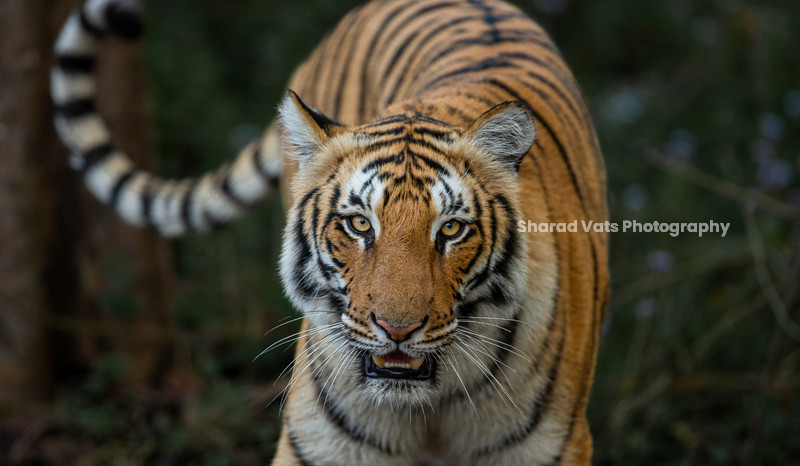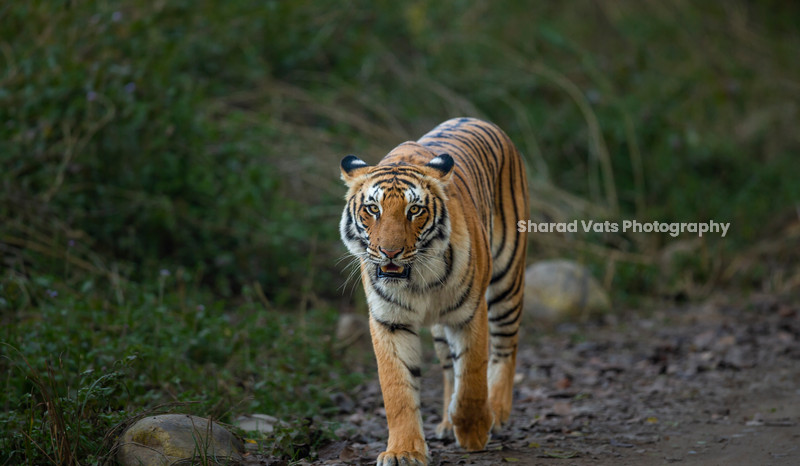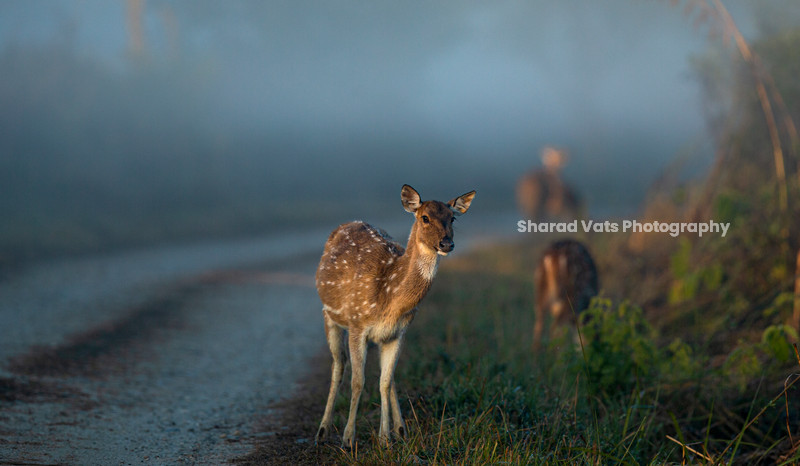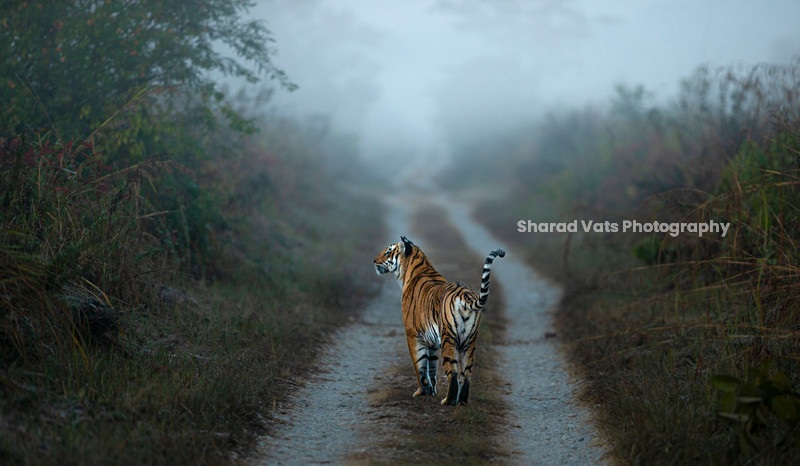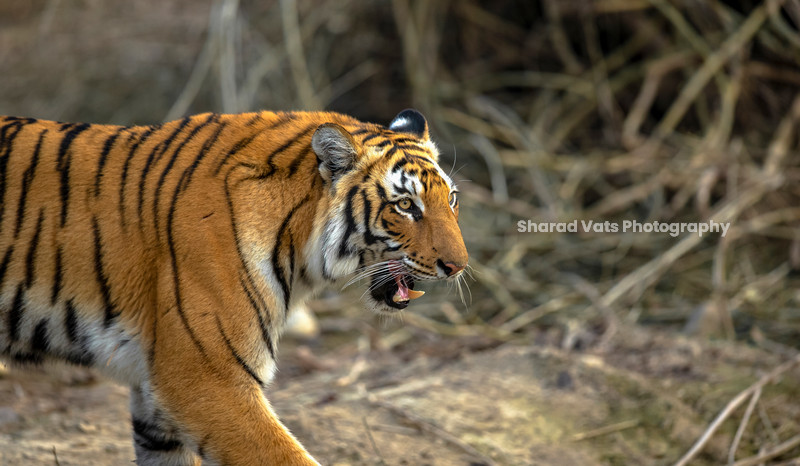Corbett National Park
Uttarakhand
- Altitude: 400m – 1220m above mean sea level
- Temperature: 30 Degree Celsius
- Vegetation: Moist Deciduous Forest
- Water Resources: Ramganga River, Sonanadi, Palain, Mandal
- Core Area: 520 sq. km
- Buffer Area: 797 sq. km
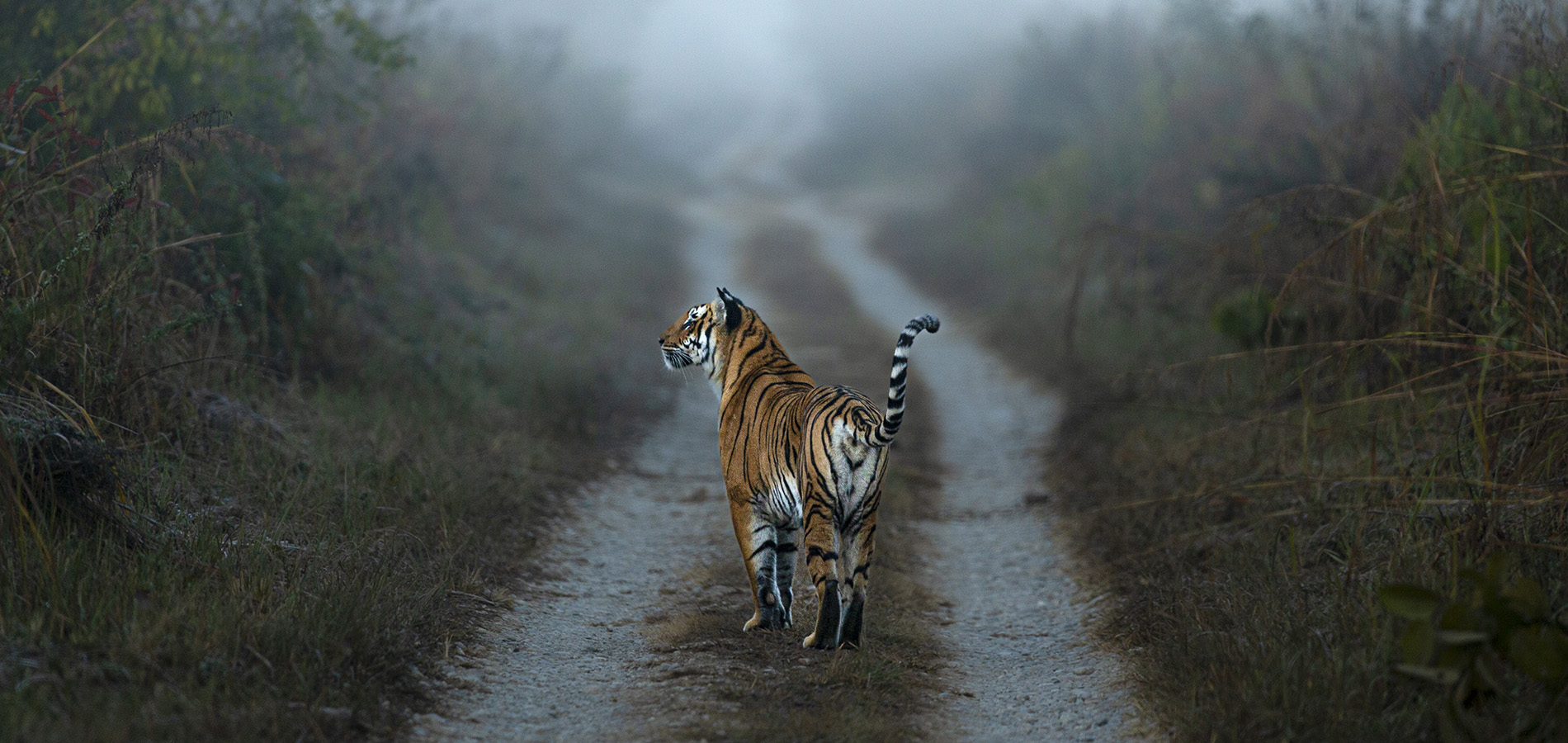
Brief about Corbett National Park
The park was renamed Jim Corbett National Park in honour of Colonel Jim Corbett, a hunter-turned-conservationist-turned-author. Corbett National Park is one of the most gorgeous national parks with great biodiversity, located in the foothills of the majestic Himalayas. Corbett is a wildlife enthusiast’s paradise, including tigers, Asian elephants, leopards, sloth bears, deers, crocodiles, gharials, king cobras, and over 580 kinds of birds. The accommodation inside the forest, in the Government-run rest homes, is the highlight. Every rest house is a work of art, but Dhikala is favoured due to its strategic location close to the river, which attracts a variety of large and tiny fauna.
Corbett National Park is India’s first and finest park, stretching over 520 square kilometres along the banks of the Ramganga river in the foothills of the Great Himalayas, only 300 kilometres northeast of New Delhi. On August 8, 1936, it was renamed Hailey National Park in honour of Sir Malcolm Hailey, the governor of the United Provinces at the time. In 1952, the park’s name was changed to Ramganga National Park.
Flora & Fauna in Corbett National Park
Flora in Corbett National Park
Sal, Sissoo, and Khair are some of the most common trees in Corbett Tiger Reserve. Many more species that contribute to the park’s richness can be found strewn about. Pine (Chir) is the sole conifer found within the park’s boundaries, and it grows on ridge tops like ChinChoti, however its density drops dramatically near Gajar Sot. Banj Oak, a true Himalayan species, may be spotted on the higher elevations around Kanda. Date Palms are a prominent palm species that can be found in open, well-lit settings. The damp areas are home to Kanju (Holopteliaintegrifolia), Jamun (Syzygiumcumini), and Aamla (Emblica Officinalis). Bel, Kusum, Mahua, and Bakli are some of the other tree species.
Flowering trees such as Kachnar (Bauhinia variegata) with pink and white flowers, Semal (Bombax ceiba) with large red blooms, Dhak (Butea monosperma) with bright orange flowers, Madaar (Erythrina Indica) with scarlet red flowers, and Amaltas (Cassia fistula) with bright yellow chandelier-like flowers give Jim Corbett its colour tone.
Teak (Tectona grandis), Eucalyptus, Jacaranda, Silver Oak, and Bottlebrush are among the tree species that have been artificially implanted.
Fauna in Corbett National Park
One of the well-known species of animals inhabiting Jim Corbett is the Royal Bengal Tiger. It was in the forests of Jim Corbett that India’s tiger conservation program was initiated on 1st April 1973.
Leopards can be found easily in hilly places, although they can also be found in lowland jungles. Jungle Cats, Fishing Cats, and Leopard Cats are among the smaller feline species. Deer species (Barking, Sambhar, Hogg, and Chital), Sloth bears and Himalayan Black bears, Indian Grey Mongoose, otters, Elephants, Yellow-throated Martens, Ghoral (Goat-Antelopes), Indian Pangolins, and Langur and Rhesus Monkeys are among the creatures found in Jim Corbett National Park. During the night, tourists can see Owls and Nightjars. In the Jim Corbett Park, you can view local crocodiles (along the banks of the Ram Ganga River) as well as Indian Python, King Cobra, and Common Cobra.

